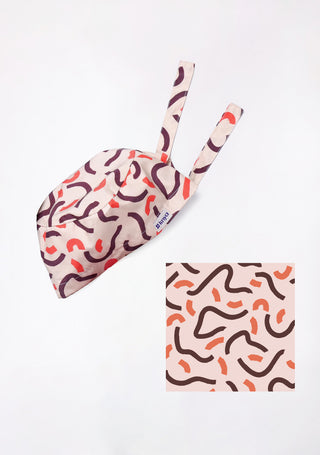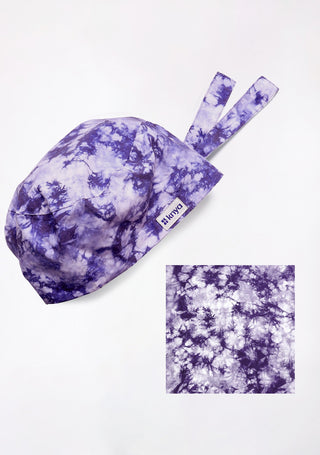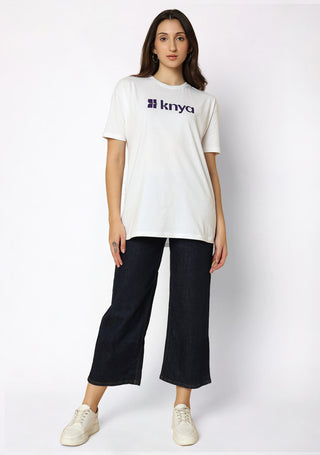When you walk into a hospital, you’ll notice a sea of different coloured scrubs. Ever wondered why? Scrub colours aren’t just about aesthetics; they serve a functional purpose in healthcare settings. Over the years, nursing uniforms have evolved from classic white dresses to colourful scrubs, influencing both hospital culture and patient perception.
Common Scrub Colours and What They Mean
Blue – The Universal Choice
-
Popular among nurses, doctors, and surgical teams
-
Represents trust, calmness, and professionalism.
Green – The Surgical Standard
-
Preferred by surgeons to reduce eye strain.
-
Helps improve visual contrast in the operating room.
White – A Symbol of Cleanliness (But Rarely Used Today)
-
Once the standard for nurses.
-
Why it fell out of favour (stains easily, too bright under hospital lights).
Black – The Bold and Sleek Choice
-
Gives a sophisticated, modern look.
-
More common in specialized healthcare roles.
Browse best Scrubs Collection
Grey – The Neutral and Professional Option
-
Low-key, professional, and stain-resistant.
-
Common in administrative healthcare roles.
Red – Attention-Grabbing but Rare
-
Rarely used because of its association with blood.
-
Sometimes seen in emergency or trauma departments.
Pink – Soft and Compassionate
-
Often worn in pediatric or maternity wards.
-
Creates a friendly and warm atmosphere.
Purple – The Royal & Unique Choice
-
Often worn by senior nurses or specialized teams.
-
Represents wisdom, compassion, and leadership.
Orange & Yellow – Bright and Energetic
-
Occasionally seen in rehabilitation or pediatric units.
-
Brings warmth but can be overwhelming in a clinical setting.
Patterned & Themed Scrubs – Adding a Fun Touch
-
Cartoon, floral, or holiday-themed scrubs.
-
Common in pediatrics and long-term care.
Shop the Best Lab Coats from Here!
Do Scrub Colours Matter?
In many hospitals, scrub colours are assigned to specific departments to help staff and patients quickly identify different roles. For example:
- Emergency room nurses might wear navy blue.
- Surgical teams usually stick to green.
- Maternity nurses often opt for pink or purple.
Colour coding enhances hospital efficiency and creates a structured, professional atmosphere. Additionally, colour psychology plays a role in patient perception—calming colours like blue and green help reduce anxiety, while vibrant hues like red or orange may feel overwhelming.
Choosing the Right Scrub Colour for You
If you’re a nurse or healthcare worker, selecting the right scrub colour depends on several factors:
- Hospital Dress Code – Check if your workplace has designated scrub colours for different departments.
- Stain Resistance – Lighter colours (like white or light pink) show stains easily, whereas darker shades (like navy or black) are more forgiving.
- Psychological Impact – Choose a colour that aligns with your work environment and patient interactions.
- Personal Style – If your workplace allows flexibility, pick a colour that makes you feel confident and comfortable.












